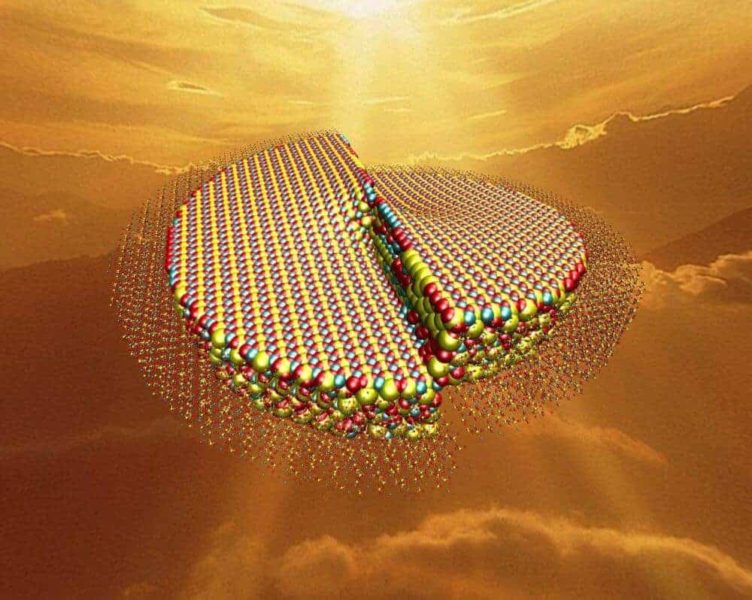Making cement is a centuries-old art that has yet to be perfected, according to researchers at Rice University who believe it can be still more efficient.
Former Rice graduate student Lu Chen and materials scientist Rouzbeh Shahsavari calculated that fine-tuning the process by which round lumps of calcium silicate called clinkers are turned into cement can save a lot of energy. Their new findings are detailed in the American Chemical Society journal Applied Materials and Interfaces.
Manufacturers of Portland cement, the most common type in use around the world, make clinkers by heating raw elements in a rotary kiln and grinding them into the fine powder that becomes cement. Mixed with water, cement becomes the glue that holds concrete together. An earlier study by Shahsavari and his colleagues that viewed the molecular structure of cement noted that worldwide, concrete manufacturing is responsible for 5 to 10 percent of the carbon dioxide, a greenhouse gas, released into the atmosphere.
The researchers analyzed the crystal and atomic structures of five phases of clinkers representing stages of cooling after they leave the kiln. They focused on the internal stresses that make some more brittle (and easier to grind) than others. They also looked at the unavoidable defects called screw dislocations, shear offsets in the raw materials that, even when ground, influence how well the powders mix with water. That reactivity determines the cement’s ultimate strength.
They found that clinkers were not only most brittle when hottest, but also the most reactive. In ranking the five samples’ qualities, they suggested their research could lead manufacturers to consolidate processes and cut grinding energy that now absorbs around 10-12 percent of the energy required to make cement. Equally important, for each ton of produced cement, the grinding energy accounts for roughly 50 kilograms of carbon dioxide emissions into the atmosphere, they determined.
“Defects form naturally, and you cannot do anything about them,” Shahsavari said. “But the more brittle the clinkers are, the better they are for grinding. We found that the initial phase out of the kiln is the most brittle and that defects carry through to the powder. These are places where water molecules want to react.”
If our reporting has informed or inspired you, please consider making a donation. Every contribution, no matter the size, empowers us to continue delivering accurate, engaging, and trustworthy science and medical news. Independent journalism requires time, effort, and resources—your support ensures we can keep uncovering the stories that matter most to you.
Join us in making knowledge accessible and impactful. Thank you for standing with us!

